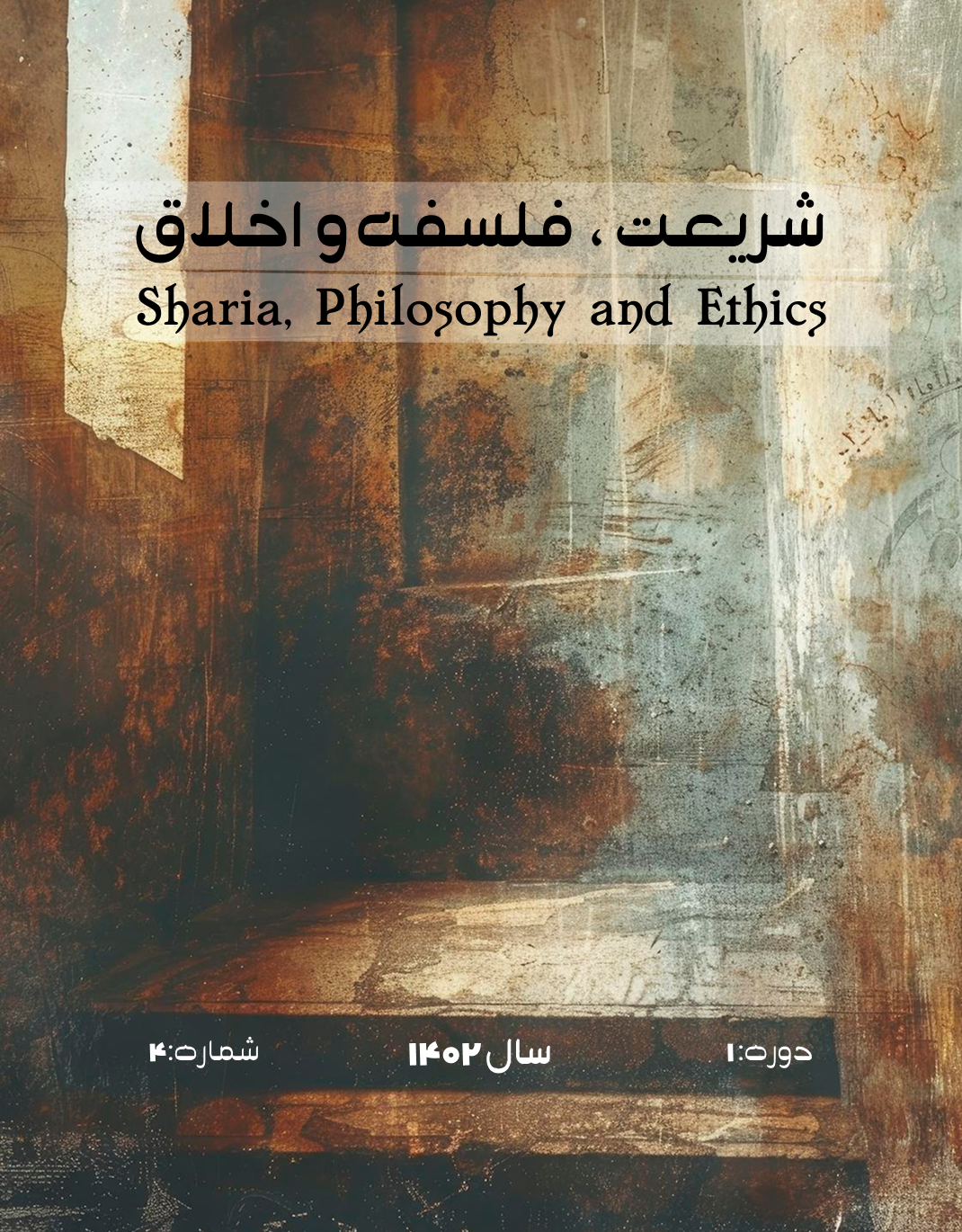Exploring the Semantic Structure of Ethical Terms in the Holy Qur'an: A Semantic-Content Analysis Approach
Keywords:
Holy Qur’an, ethical vocabulary, semantic analysis, thematic analysis, Islamic ethics, qualitative interviewsAbstract
The aim of this study is to explore the semantic structure of ethical terms in the Holy Qur'an through semantic-content analysis, elucidating the fundamental, social, and individual dimensions of these concepts based on experts’ perspectives. This research employed a qualitative design with thematic analysis. Data were collected through semi-structured interviews with 29 scholars and researchers in Qur’anic studies and Islamic ethics residing in Tehran. Participants were selected purposively until theoretical saturation was reached. Data analysis was conducted using Nvivo version 12, leading to the extraction of main and sub-themes. The results revealed that the semantic structure of Qur’anic ethical terms is organized around three main axes: fundamental themes (such as piety, justice, benevolence, truthfulness), social themes (peaceful coexistence, enjoining good and forbidding wrong, forgiveness, social responsibility), and individual themes (humility, patience, chastity, contentment). Each axis comprised several sub-themes and operational concepts, reflecting the intricate and contextualized semantic network of ethical vocabulary in the Qur’an. This study clarifies the multidimensional and dynamic nature of Qur’anic ethical terms, demonstrating that they provide practical guidance for both individual and social upbringing based on Qur’anic teachings. The findings highlight the value of semantic-content analysis for a deeper understanding of the Qur’an’s ethical structure.
Downloads
Downloads
Published
Submitted
Revised
Accepted
Issue
Section
License

This work is licensed under a Creative Commons Attribution-NonCommercial 4.0 International License.

